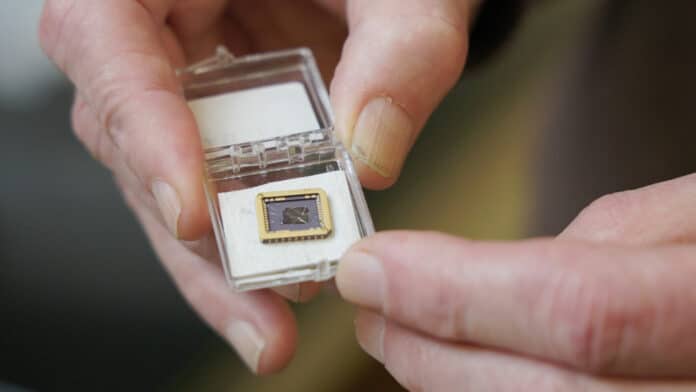In the 21st century, the pursuit is to develop electronic devices that are both smaller and faster, whether for applications in the medical sector or robotics. Experts have been busy working on producing advanced materials for modern electronic devices to meet this escalating demand.
Now, researchers at the Georgia Institute of Technology have achieved a major breakthrough in electronics. They have successfully created the world’s first functional semiconductor made from graphene, a single sheet of carbon atoms held together by the strongest bonds known.
Semiconductors are foundational components of electronic devices and exhibit electrical conductivity under particular conditions. Georgia Tech’s breakthrough discovery throws open the door to a new way of doing electronics at a time when silicon, which is the material from which nearly all modern electronics are made, is reaching its limit in the face of increasingly faster computing and smaller electronic devices.
The graphene semiconductor created by the team, led by Walter de Heer, a physics professor at Georgia Tech, has the potential to emerge as a viable substitute for silicon in the years ahead. According to the press release, the semiconductor is compatible with conventional microelectronics processing methods.
“We now have an extremely robust graphene semiconductor with ten times the mobility of silicon, and which also has unique properties not available in silicon,” de Heer said.

De Heer and his colleagues achieved this breakthrough by inventing a method to grow graphene on silicon carbide wafers using special furnaces. They produced epitaxial graphene, which is a single layer that grows on the crystal face of the silicon carbide.
They also conducted tests on the material’s conductivity using a technique called doping and found that the graphene semiconductor has ten times the mobility of silicon. This means the electrons move with very low resistance, which, in electronics, translates to faster computing.
To achieve this breakthrough, the team overcame the paramount hurdle that has been plaguing graphene research for decades. Until this development, graphene lacked a “band gap,” which is a crucial electronic characteristic required for semiconductors to function properly.
“A long-standing problem in graphene electronics is that graphene didn’t have the right band gap and couldn’t switch on and off at the correct ratio,” said Lei Ma, a co-author of the paper. “Over the years, many have tried to address this with a variety of methods. Our technology achieves the band gap and is a crucial step in realizing graphene-based electronics.”
Epitaxial graphene has the potential to revolutionize the field of electronics and pave the way for new technologies. The unique properties of this material could allow for the development of quantum computing, which requires the utilization of quantum mechanical wave properties of electrons.
